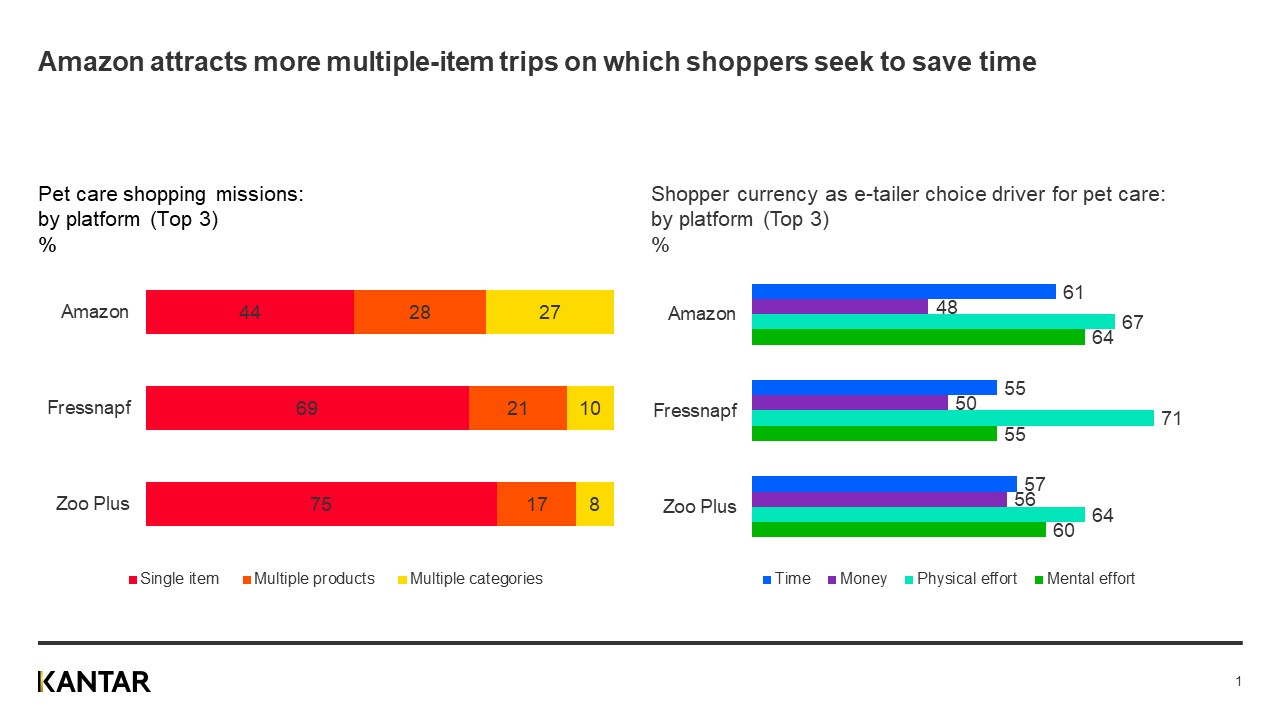What does it mean to be shopper-centric in the online context? Essentially, it means removing any possible barriers to conversion. Some of those barriers are operational: delivery, payment methods, shipping costs. But most barriers are psychological, and the majority of those are subconscious and not rationalised by the shopper.
We can easily live without many items we buy; if anything, COVID-19 has made people more conscious of this. If you are fortunate enough to sell products people need, you are in a better position than many brands, who need not only to create desire for a product but also ensure shoppers can easily satisfy that desire. The digital (and non-digital) world offers many distractions, and money for a nice-to-have could as easily be spent on something in another category entirely. Removing barriers is essential to winning a sale.
UX addresses shopper centricity and barriers such as navigation, taxonomy, legibility, links within the site etc. and are ‘owned’ by the ecommerce retailer or platform; UX requires constant monitoring and updates. For brands selling on retailer platforms that are not their own, shopper centricity takes on a different meaning. You, and the retailer, know your category and products, consumer priorities, consumption moments and needs, the brand position of different products. Conversion remains key, and as ever in the world of shopping and retail, has a dual category and brand lens.
Brand and category experts are uniquely placed to help e-retailers understand why people shop their websites for those brands and categories. The same people use different ecommerce sites for different needs. Our syndicated eCommerce ON study, which covers 120,000 category e-shopping trips, shows we may visit one store for stock up on one item, another to explore new needs, and yet another for quick or in-between purchases – all within the same category.
In the pet care category, when online shoppers are stocking up on pet food, their overall priority is price. However, as soon as they are shopping for several pet care items, shoppers would rather save their energy than their money. On sites where pet care is more likely to be a multi-category trip, time is a bigger driver, while retailers selected for on one-item pet care missions see people preferring to save physical effort.

At a platform level, we find varying shopper priorities between the two major online pet care retailers, and even bigger differences on Amazon, where ratings and reviews and payment options become more important.
These needs and priorities affect how people search and use site information or the extent to which they read the product detail page. Understanding the entire shopper journey helps inform pack formats, cross-merchandising opportunities as well as on platform advertising or more effective promotions. And it’s just as important to know how people shop the category on key partner platforms: priorities vary from site to site, and so does navigation.
Shopper centricity means knowing what people want before they do, pre-empting their problems, making it easier to buy. Being truly shopper centric may mean acknowledging people would rather not be shopping, or that they are simply enjoying browsing. Understanding shoppers’ goals puts you in the position of meeting them.
To help our clients optimise their ecommerce strategy we have launched a fully automated version of eCommerce ON. It provides a foundational understanding of ecommerce and shoppers for your market and category in as few as 7 days. Please get in touch to find out how eCommerce ON can inform your ecommerce strategy.


